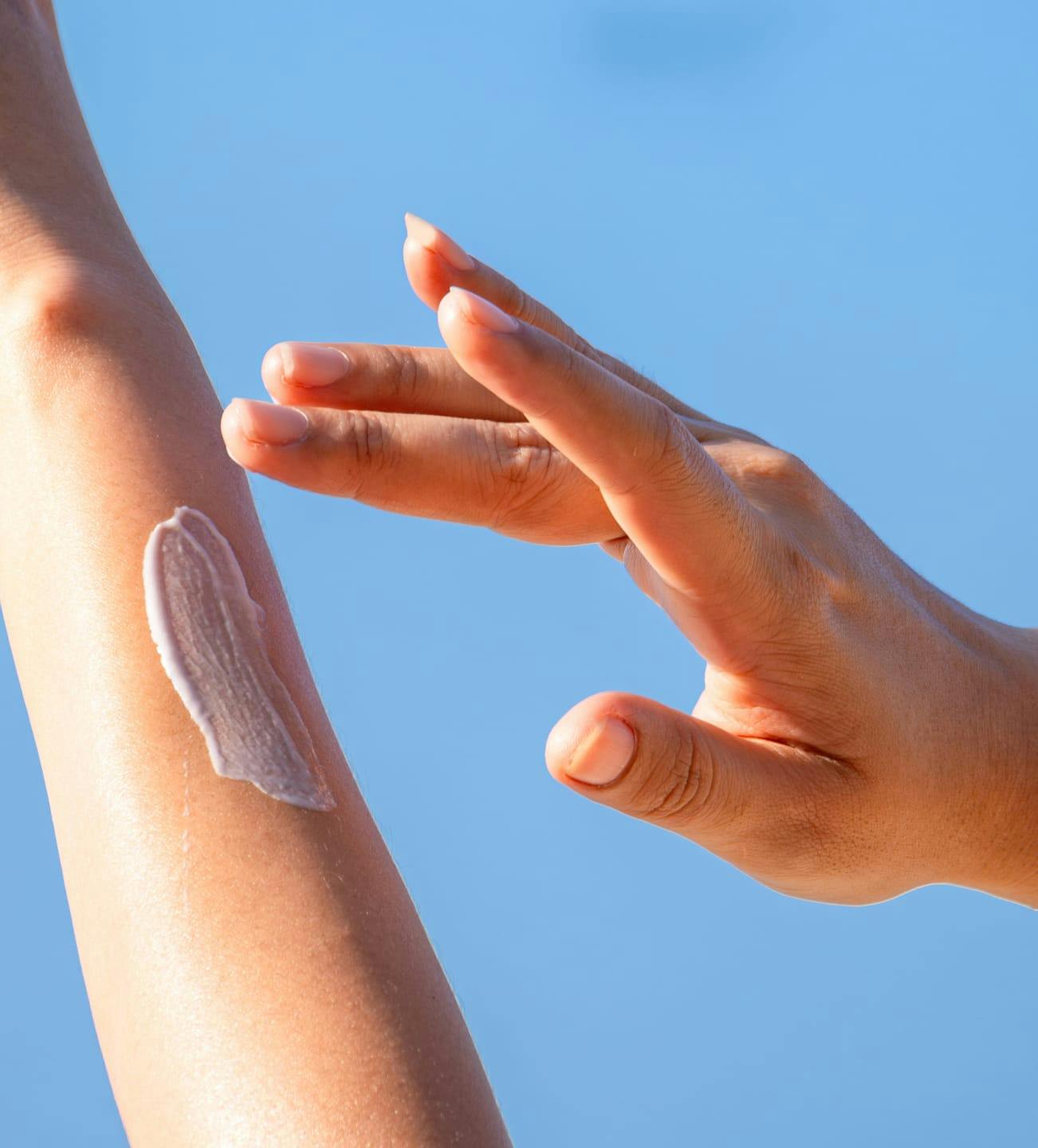Nail surgery might not be the first course of action when it comes to treating nail issues, but it is sometimes necessary when topical solutions and medication don’t work or aren’t a viable solution.
Surgical Nail Treatment Options
When determining the appropriate nail treatment, nail biopsies are conducted to detect skin cancer, whereas nail plate removals are done to identify and treat fungus. In cases where a cancerous tumor is present, Mohs surgery can be performed to remove it. The most common skin cancer variant found in the nail matrix is squamous cell carcinoma, which is associated with the wart virus. In non-invasive cases, Mohs micrographic surgery is the best treatment option and can prevent the need for amputation.





